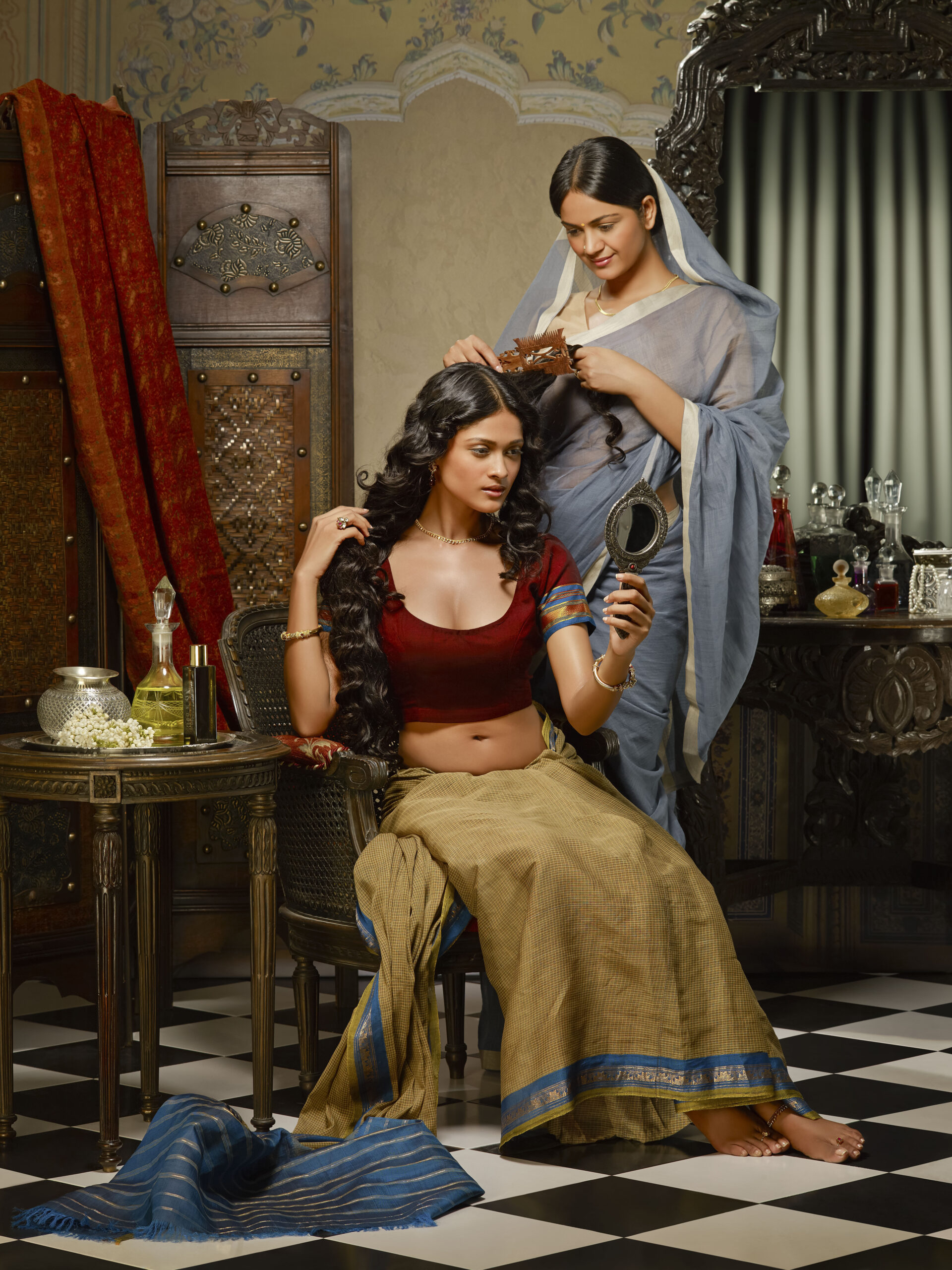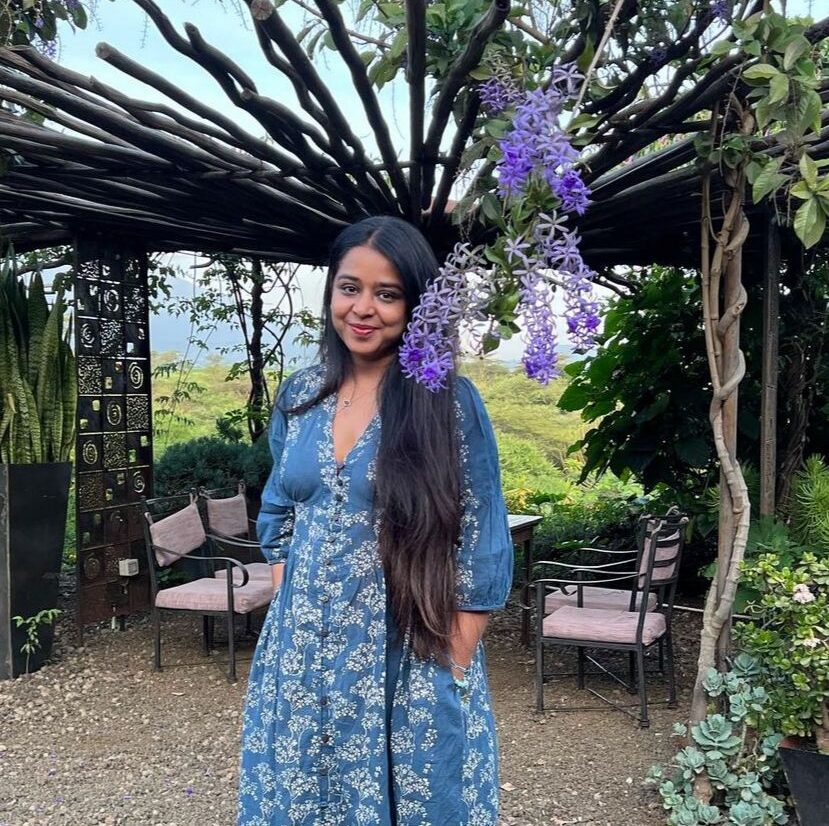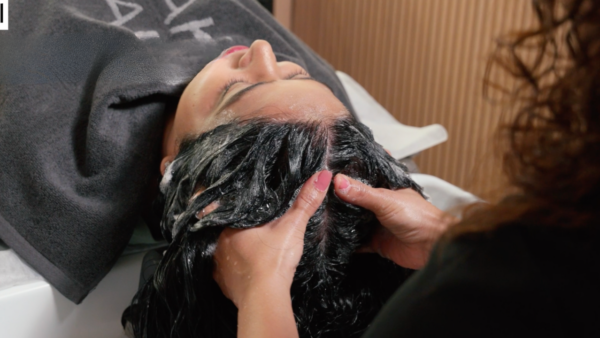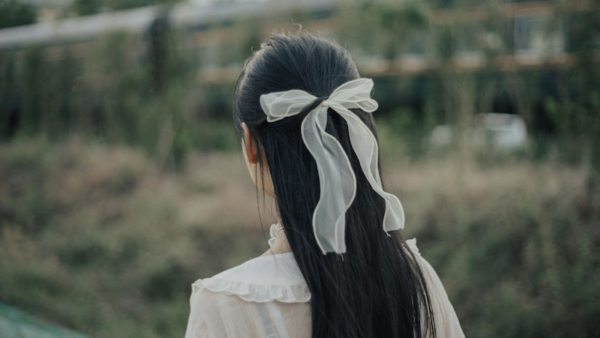To oil or not to oil is a choice we as Indian women face today. For royalty, long, black hair oiled and combed was a ritual; for our humble ancestors applying oil on hair was a habit.
A couple of decades earlier, a head wash without rubbing and massaging the scalp with some oil the night before was considered blasphemy. A hair treatment did not mean a visit to the salon with your scalp all masked up. It entailed laborious preparations containing decoctions of herbs and flowers at home. Oils were poured on the head, and gently massaged on the scalp (not the ends). Nicely braided, the hair was tied in a thin scarf so that the pillow didn’t get oily. As a child, on days when I resisted a massage the night before, my grandmother had an express technique up her sleeve: she would oil my scalp an hour before the wash, and wrap my tresses in a hot towel for half an hour. Apparently she was onto something, as today most in-salon hair treatments typically include a massage, steaming hot towel, hair wash and blast dry.

Since herbs could not be directly massaged on to the scalp, they were infused into nutrient rich, cold-pressed vegetable oils.For instance, dried and powdered hibiscus powder when added to coconut oil prevented hair fall and premature greying. Juice from amla fruit (or Indian gooseberries) was added to pure coconut oilfor lustrous hair, and sap from neem leaves soothed an itchy scalp. In Almond Eyes, Lotus Feet, Sharada Dwivedi and Shalini Devi Holkar, drew on the oral histories of privileged Indian women to capture and revive their indulgent beauty traditions. One such account is described, where, “All the herbs and roots were soaked in coconut oil for a day or two until the oil became green. Then mother would grate the marrow (of bottle gourd) into this oil and put the whole thing to cook on fire. When the marrow was cooked, the oil was strained and bottled.”
With the advent of international hair care brands, we traded tradition for convenience, messy massages for comfortable conditioners and oil treatment at home for hair spa at salons. As we discarded our plaits and embraced fringes, layers and bangs, we needed styling products to boost the movement of our locks. Oiling hair on a daily basis, more than a hassle, was a style-spoiler. Our city lifestyle also didn’t leave us much time to indulge in time-consuming tedious regimes, even on weekends. But now science has also recognised the superiority of traditional remedies over creamy formulations. Their small molecular structure allows easy penetration into the hair follicles and works directly on the roots.
While mainstream hair care brands such as Kérastase, L’Oréal and Moroccanoil are capitalizing on the non-greasy character of hydrating Argan oil, many Indian brands are working to revive Ayurvedic blends through a more user-friendly avatar. “Most clients with damaged hair due to chemical procedures (such as re-bonding, straightening and colouring) relish the idea of using high quality hair decoctions that their grandmothers would prescribe. Our Javakususm oil is imbued with fresh hibiscus flowers that are picked according to the right season, sundried and hand-pounded. It’s encouraging to see that people of non-Indian ethnicity are also warming up to the idea of oiling hair,” explains Dr. Neena Chopra, director, beauty and technical, Just Herbs. Kama Ayurveda’s Bringadi Intensive Hair treatment oil which prevents hair loss, dandruff and premature graying, is a blend of herbs processed in pure sesame oil and milk. The herbal formula includes indigo (neeli), Eclipta Alba and gooseberry to promote hair growth; liquorice which acts as an anti-fungal agent; and balloon vine which prevents scalp infection. Forest Essentials Ayurvedic Herb Enriched Head Massage Oil Japapatti contains rich coconut milk andcoconut oil infused with hibiscus and japapatti leaf, beneficial for thickening and restoring shine.
“Base and essential oil should be selected according to constitution and mane condition,” believes Vivek Sahni, Director, Kama Ayurveda. He explains that carrier or base oil is a vegetable oil derived from the fatty portion of plant, usually from the seeds, kernels or nuts. They are rich in vitamins, proteins, nutrients and therapeutic properties. Essential oils are concentrated liquids distilled from the leaves, bark and roots and have a concentrated aroma. They are so potent that they must be diluted in carrier oils. “Dry and frizzy tresses prone to split-ends are signs of a Vata dominant personality. Almond or sesame oils are very nourishing and help reduce stiffness and tightness in the scalp.A head massage with coconut oil can slow down problems such as thinning and premature graying that are associated with an aggravated Pitta dosha. If you are predominantly a Kapha type, your hair will tend to be thick and greasy. Olive oil which has purifying properties will help to keep pores open,” elaborates Gita Ramesh, Director Kairali Ayurvedic Group.
The good thing is today you don’t have to take a tough call of choosing oils over your favourite hair care products. They can all co-exist happily.
Lead image credits – Forest Essentials.
This article was first published in Verve





